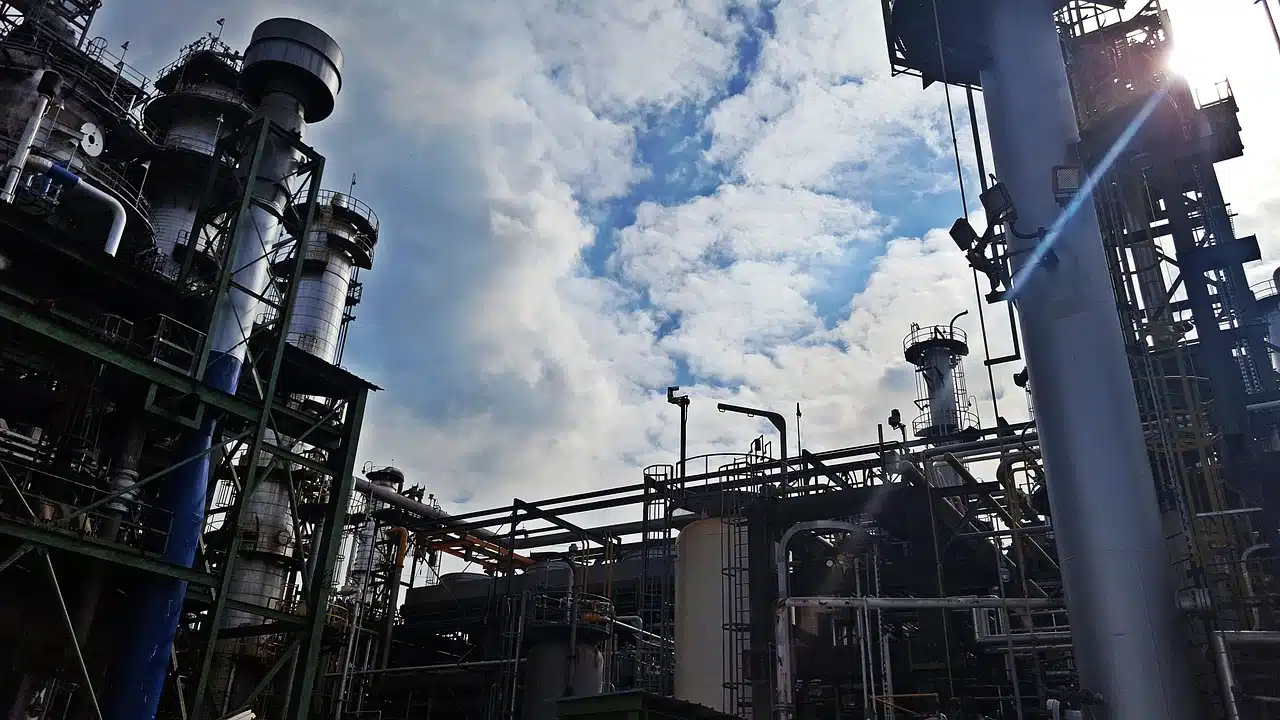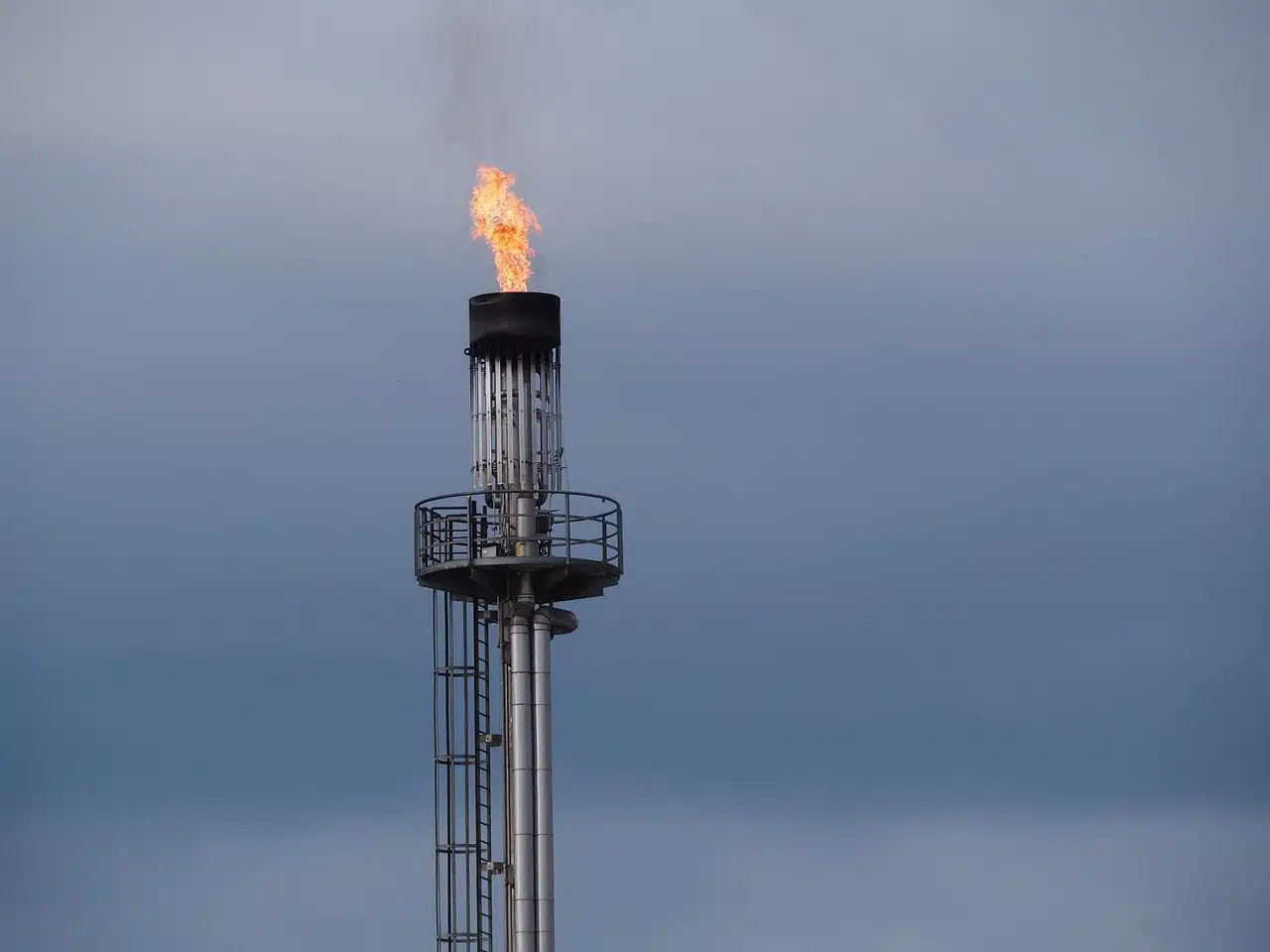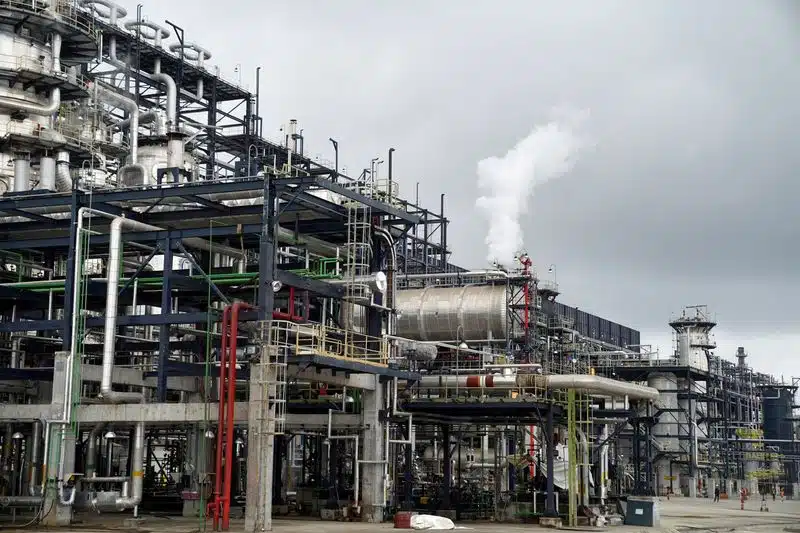Oil prices slipped on Monday as geopolitical tensions in the Middle East began to ease. Fresh signals also emerged that OPEC+ may increase output in August, raising supply expectations. This comes amid ongoing concerns about weaker global demand.
The retreat came as traders priced out most of the risk premium added earlier in June, when Israel and Iran clashed over nuclear facilities.
Brent crude futures fell by 13 cents, or 0.19%, to $67.64 per barrel as of 0344 GMT, ahead of the August contract’s expiry later on Monday.
The more active September contract also dipped by 18 cents to $66.62. Meanwhile, U.S. West Texas Intermediate crude dropped by 32 cents, or 0.49%, to $65.2 per barrel.
Geopolitical risk premium fades
Market analyst Tony Sycamore from IG markets mentioned in a note that the ceasefire between Iran and Israel has led to a sharp pullback in crude prices, stripping out the risk premium built in after the escalation earlier this month.
Oil prices had surged above $80 per barrel following U.S. airstrikes on Iran’s nuclear facilities but quickly reversed to around $67 per barrel after former President Donald Trump announced a ceasefire deal.
Beyond the Middle East, investors have turned their attention to the upcoming OPEC+ meeting scheduled for July 6.
According to four delegates from OPEC+, the group is expected to boost production by an additional 411,000 barrels per day in August.
This would mark the fifth consecutive monthly increase since April, when OPEC+ began unwinding production cuts.
The planned output hike follows similar increases for May, June and July as the alliance continues its gradual return of barrels to the market.
Demand outlook remains weak
On the demand side, analysts noted that economic signals from China remain disappointing.
China’s factory activity shrank for the third straight month in June, weighed down by weaker domestic demand and uncertain export prospects tied to ongoing trade tensions with the U.S.
Priyanka Sachdeva, senior market analyst at Phillip Nova, stated that concerns over slowing global oil demand, especially from China, are likely to keep bearish pressure on crude prices.
“Uncertainty around global growth continues to cap prices,” Sachdeva said.
Meanwhile, in the U.S., oilfield services firm Baker Hughes reported that the number of active oil rigs, an indicator of future production, fell by six to 432 last week, marking the lowest level since October 2021.
In short, traders remain cautious as the market weighs an expected rise in OPEC+ supply against fragile demand fundamentals.
Despite falling sharply last week posting their biggest weekly decline since March 2023 both Brent and WTI are still set to close June higher, registering a second consecutive monthly gain of more than 5%.
While the coming OPEC+ decision may further shape supply dynamics, the outlook for demand remains clouded by economic data and geopolitical developments in the months ahead.










